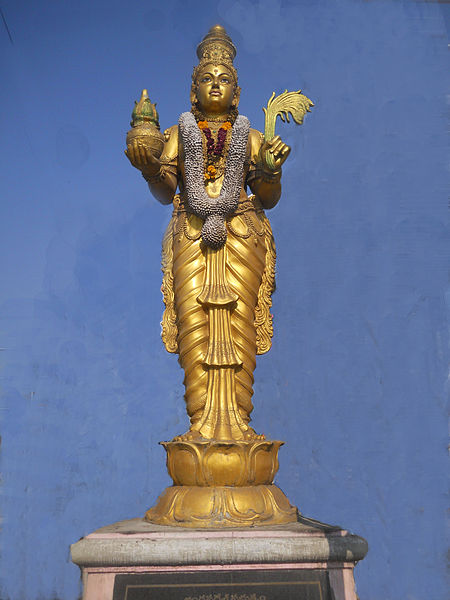Andhra Mahasabha was a people's organisation in the erstwhile Hyderabad state of India. It was an association started by Telugu people of Telangana region against Nizam rule. The people of Telangana formed the Andhra Mahasabha as they could not tolerate the injustice being done to the Telugu language and Telugu culture. In the late 1920s, under the leadership of Madapati Hanumantha Rao, the Telugu people united and formed a union and organized 13 Andhra Mahasabhas from 1930 to 1945. The activities of the Andhra Mahasabha in the Telangana region created awareness among the people against the Nizam and led to the armed struggle in Telangana.
Chief among the people who led the Andhra Mahasabha were: Madapati Hanumantha Rao, Ravi Narayana Reddy, Suravaram Prathapareddy, Baddam Ella Reddy, Burgula Ramakrishna Rao, Dasarathi Krishnamacharya, Pulijala Venkatarangarao, Allampalli Venkatarama Rao, Kaloji Narayana Rao, Konda Venkata Rangareddy, Vattikota Alvaraswami, Potlapalli. Rama Rao, Arutla Ramachandra Reddy, and many more.

A painting portrays the First Andhra Mahasabha held at Jogipet in 1930
Picture of First Andhra Mahasabha painted by M.Jayanth
Telugu is a Dravidian language native to the Indian states of Andhra Pradesh and Telangana, where it is also the official language. Spoken by about 96 million people (2022), Telugu is the most widely spoken member of the Dravidian language family, and one of the twenty-two scheduled languages of the Republic of India. It is one of the few languages that has primary official status in more than one Indian state, alongside Hindi and Bengali. Telugu is one of the six languages designated as a classical language by the Government of India. It is the 14th most spoken native language in the world.
Telugu Talli Bomma (statue of Mother Telugu), the personification of Telugu language in Andhra Pradesh
Wall painting at a shop in India. It first shows the painted party symbols of all the major political parties in the region during the nationwide elections in India in 2014. It also has a Telugu inscription showing availability of political flags, banners, caps, badges and other election material.
A depiction of the Amaravati Stupa
Ancient Telugu Writing displayed at Telugu Museum





